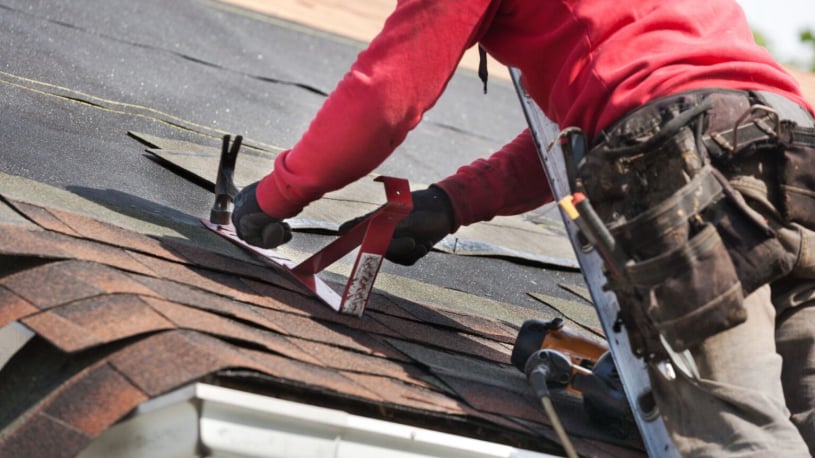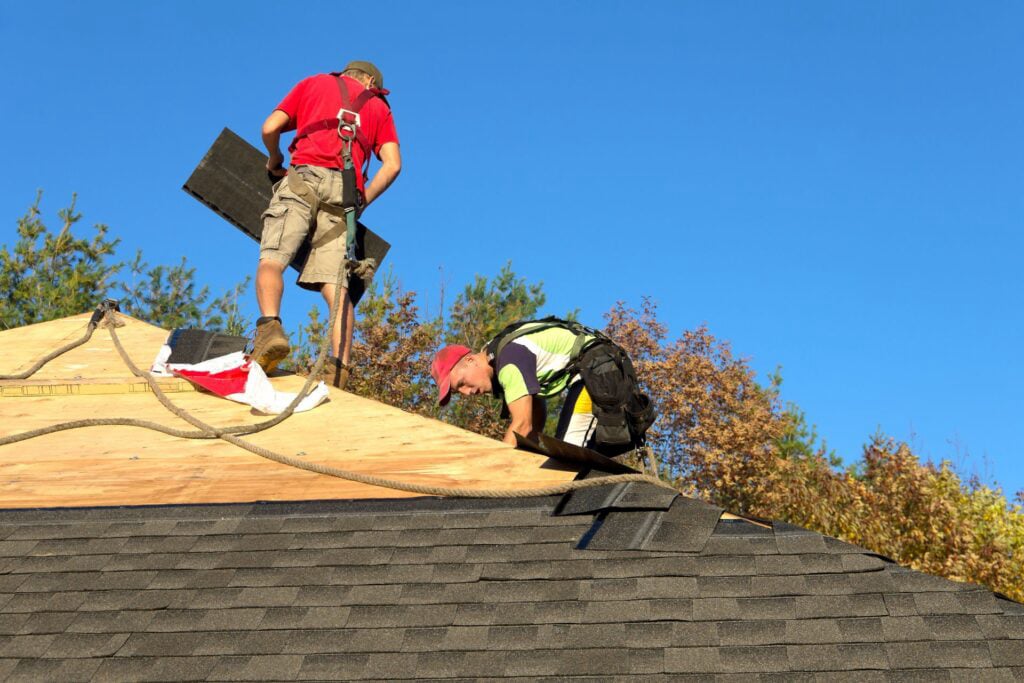
Gathering Your Tools
To fix shingle damage, you’ll need the following tools and materials: ladder, utility knife, roofing cement or adhesive, Pry bar or flathead screwdriver, hammer and roofing nails, and the replacement shingles (make sure they match the color and type of your current shingles).
Safety is paramount, so always use a stable ladder and consider wearing a harness if you’re working on a steep roof. Proper safety measures are crucial for effective roof repair and to avoid accidents.
